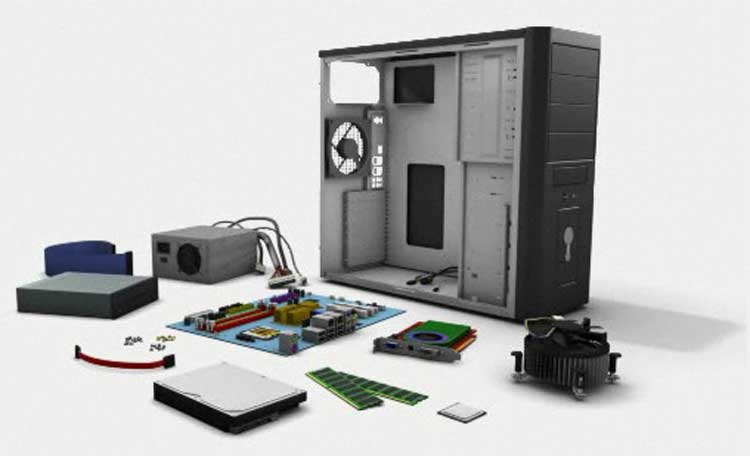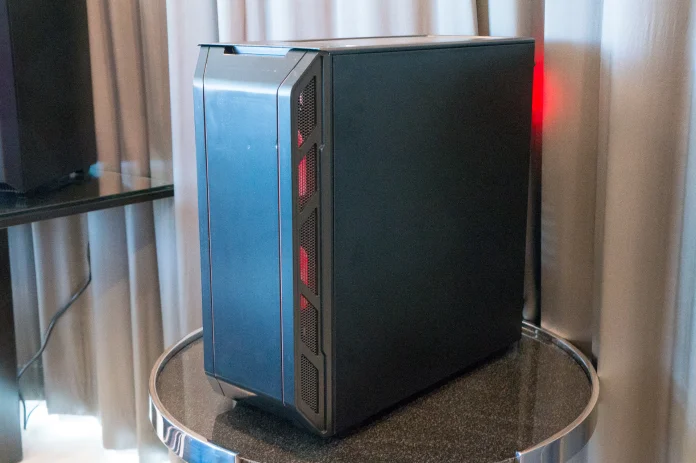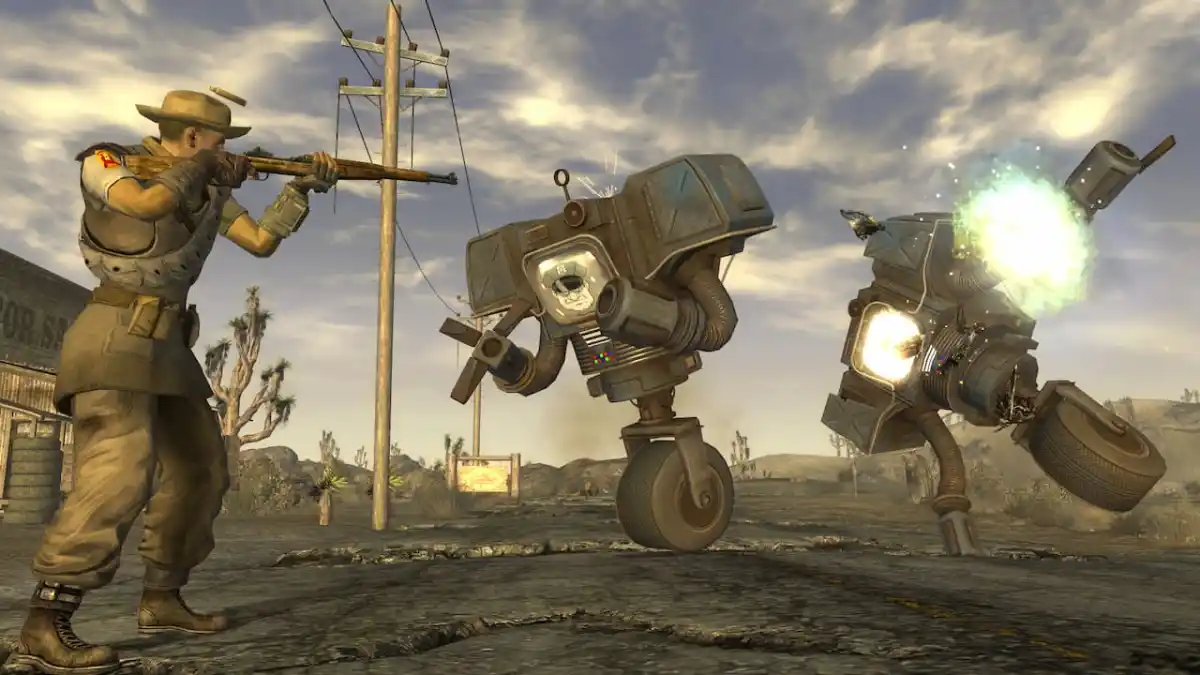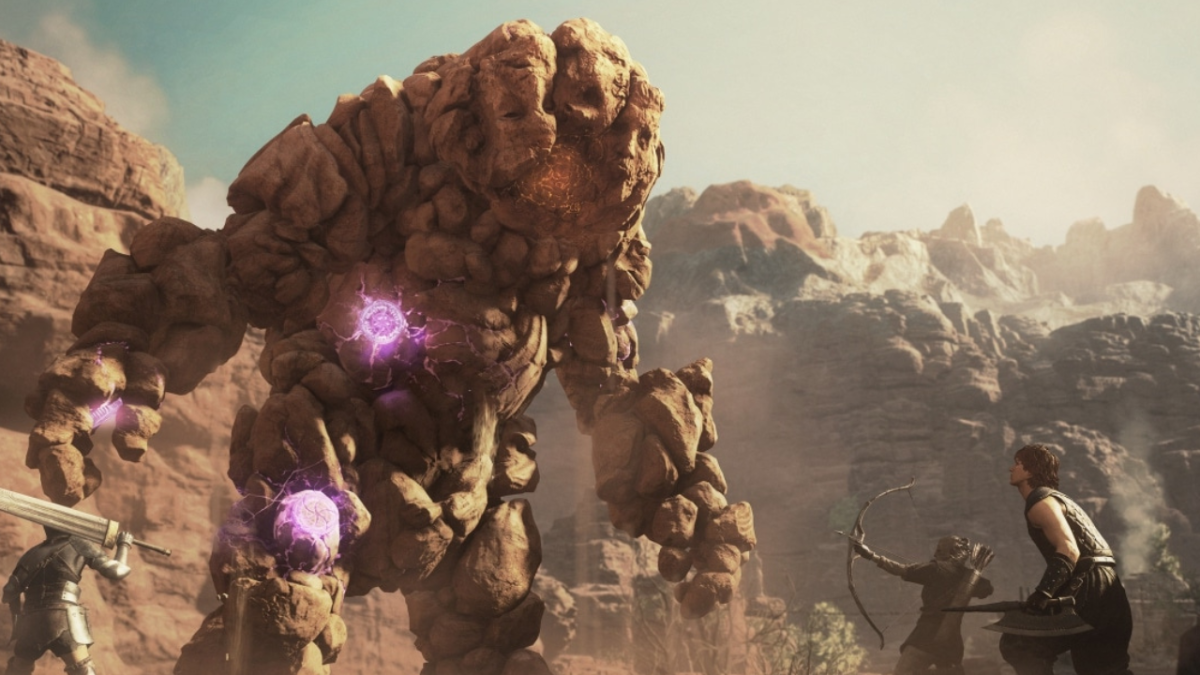Building your first PC is like a rite of passage. I’ve heard that there’s a definite “before” and “after” when you finally finish building your first rig. It’s like food is more flavorful, and water quenches your thirst to an even greater degree. Even the aroma of flowers is even more pronounced. But, at the end of the day, it just means that you now have your own custom-built PC sitting comfortably in your room or workspace.
Recently, I put together my first PC. It took a lot of time; probably more than it should have. I watched a lot of how-to videos and pestered many Reddit users. There were a lot of ups and downs as I shoved components into a workable shape. At the end of the process, I can safely say that it was all worth it. But before that point? There was so much doubt.
To any aspiring builder: just know that it is entirely possible for you to make your own rig, regardless of prior knowledge. It’s tough, but you can do it. Don’t let this piece discourage you, but instead, use it to help better prepare you for what’s ahead. And to any veterans out there, you’ll probably get a good laugh at this novice builder.
A little backstory

Let me tell you a quick story. When I was younger, I was interested in playing Japanese games. But not just games developed in Japan, I meant playing games that were region-locked to Japan. Nowadays, this isn’t too big of an issue, what with some modern consoles no longer locked to regions. However, back in the days of the GameCube, this was a huge hurdle. I found some guides and videos that all showed how to modify the console. I decided I would alter my GameCube and add a toggle switch that would allow it to play other regions’ games. So, I worked for a long time, soldering and cutting holes. After I was done with everything, I plugged in my console and I pressed the power button. But no light came on. The console never turned on again. This experience followed me and made me wary of any sort of hardware alterations or building projects for a long time.
Fast forward several years, and here I am. As you can probably tell, I started this tale out not very tech-savvy at all. I knew about graphics resolutions, but I had to look up refresh rates when someone asked me about them. As far as PC parts went, I didn’t know the difference between a processor and a graphics card. They might as well have been the same thing in my mind. And I definitely didn’t know what they looked like or where they all fit in a computer. So my story starts out with me doing a lot of research. I educated myself on a lot of what goes into a PC, familiarizing myself with the age-old AMD vs. Intel debate. And the pros and cons of HDD (hard disk drive) vs SSD (solid-state drive). I learned all of the nitty-gritty that goes into PC building, and after that, I set to work looking for parts.
Newcomer scorn

Once I felt that I was safely up to snuff with the information, I went online and started looking through pieces. There were so many to choose from, and they all had their own vocal defenders and critics. Sifting through everything, my main focus was the video card and compatibility. I needed to get the graphics card right, or else this whole project would have been for nothing. But I managed. I went and picked out a few parts that were compatible and put them all in a list. I was pretty confident in what I picked out but I did want a second opinion, so I shared my list on Reddit.
They hated it.
Well, “hate” is a strong word. There were people who liked some parts but almost everyone had an alteration to make. Some people’s responses were helpful, some weren’t. But at that time, I didn’t have the knowledge to determine which was which. I ended up spending even more time trying to figure out what these new parts were and what they were good for. Eventually, settled on a couple of pieces and made my way to Newegg and other various electronics suppliers to check prices.
The agonizing wait

So, you go online and do your research. You find out what parts can fit together with the other parts, then you place the orders. And you wait. The lingering wait can almost send you into a depression. You start to come to terms with the amount of money you spent. Worst of all, you don’t have anything tangible yet to justify it to yourself. You just sit there with less money than you had, waiting for a dream. During this process, I found that the worst thing you can do is to look at more PC pieces. For me, I just wanted to make something that could play Rainbow Six Siege at a good click and at high settings — that was my initial goal. It’s not the most mathematical approximation of power, but games are why we make these things in the first place, right?
Once I looked at the Gigabyte GeForce GTX 1080 card I was getting versus other cards out there, I felt pretty confident in my decision. However, there were always more powerful cards. Cards that ran faster or rendered more. Thankfully, I stopped myself before I could feel any sort of regret over not getting something bigger and better. It’s important to set limits with these things or else you can lose yourself in a mire of fidelity and ascending frame rates.
Intimidation

One of the first things you will hear from online folk when it comes to building a PC is the sentiment, “it’s not that hard.” I think this is true, but it’s only half true. Because once all of my pieces came in and I had them all in front of me, the gravity of what I was planning dawned. After I was done putting the pieces in, I thought back on what I did and I realized that it wasn’t so tough. But before I started, seeing all of those pieces and boxes filled with expensive parts laid out in front of me, it was enough for me to begin to rethink my decision.
There’s something to be said for how much difficulty comes from the psychological aspect of first-time building. The thought of being overwhelmed by the task can make everything seem like a lot bigger of a deal than it actually is. And as a first-time builder, knowing exactly how much you paid for these parts can almost petrify you. “What if I bend the pin?” you ask. “What if any static electricity touches my parts?” you query. “What if the thermal paste isn’t applied the right way?!” you practically cry. You don’t want to lose this investment. Maybe it was a bad idea to try and do this after all…
Bargaining
:max_bytes(150000):strip_icc()/office-worker-working-late--throwing-paper-in-the-air-145073992-594c2e8f3df78cae815672d0.jpg?resize=768%2C529&ssl=1)
It doesn’t matter anymore; you just don’t want to lose the pieces to your own inexperience. You look online for computer-building services, or take your chances looking through Best Buy’s terms to see if Geek Squad can put this thing together. But they can’t. And there’s no place that you can bring your half-built monstrosity so someone else can finish it.
This was the only reason that I completed my computer. I was already in too deep, and there was no out I could take. But I spent a good hour or so debating whether or not I should proceed. At this point, I had already installed a few parts in my machine and I had hit a wall. I had the processor chip installed, the memory cards, and the SSD plugged into the motherboard, and all of that was in my case. But I was stuck on the power supply. Trying to finagle which side of the cord should go into the power supply and which side goes into the motherboard was tearing me apart. On top of that, I accidentally plugged the Power SW (the cable that allows you to turn your PC on or off) cord in the wrong polarity and that wasn’t exactly helping.
All in all, I was getting burnt out. I had been going at this for probably five hours at this point. That may sound like a long time, but believe me… it actually is. I was doing research and looking up so much information on my parts that if you only counted the time I spent touching my PC, I barely worked on the thing at all. It was about time to step away from the project for a bit.
Relax every once in a while

Eat some food, watch some YouTube, or look up cute dogs online. I know you want that PC built as quickly as possible, but you’re not going to make much progress when you’re tired and agitated. Take a break. Make sure that no dust is going to get in your machine, and give it a rest.
I needed to not look at the computer for a second. I couldn’t figure out the issues I had, and all the wires were starting to look the same. So I went out for a bit. Granted, it was to pick up a tool for the computer, but it was a welcome change of pace from staring at a box for hours on end. It was only when I went out that I realized I hadn’t eaten anything that day, so I got a burger. It’s easy to wear down when you have no fuel.
Once I got back from my excursion, I felt refreshed and could look at the situation I had before me with new eyes. It didn’t take much longer until I realized what was wrong. I fixed all the wiring issues I had. It just goes to show that banging your head against the issue will not help resolve it quicker. Sometimes, you need distance to get in the right mindset.
Tangible progress

After all of this work, I was still feeling a little antsy. I thought that I was doing everything the right way, but I didn’t have any proof. The chips slid in and clicked, but they could still be faulty. The wires were plugged in, but I still had no grasp of which way the current was running. I needed proof. And after trying it a few times, it finally happened. The machine lit up. The fans were spinning. This was exactly what I needed.
I had plugged this hunk of junk into the wall and it turned into a beautiful work of art right in front of me. Now, after hours and hours of work, this is when I got my true second wind. I set back to work, checking connections, making sure wiring was tucked away into a safe area. I saw that this effort was productive so I worked to make this PC the best it could be. Even when I couldn’t figure out why my monitor wouldn’t recognize the connection to my PC, I wasn’t disheartened. I was focused; I saw the goal and nothing, especially not a little connection error, was going to stop me from getting this PC up and running.
A working machine
After all of the plugs I had to sift through, past all of the tiny screws I had to keep track of, beyond all of the moments holding my flashlight between my teeth so I could delicately work on a tiny minuscule piece, it was done. I plugged the computer into the monitor and a screen came up. There was no error. I had spent so long double- and triple-checking everything that there couldn’t be. From here, I just needed to install Windows again. And good Lord is it expensive. There will be people who will say to just install Linux, but after going through everything to build the PC in the first place, I can’t commit myself to learn all of that. The rabbit hole goes so much deeper than I can even imagine.
There’s nothing like being able to change the wallpaper on a rig that you created. And no matter how much help you got or how many videos you had to watch, you were the one to put it all together. It really is a special feeling.
Some final thoughts
And even still, I’m not sure about everything. It was only by chance that I found out I couldn’t use HDMI out of the box and had to go get a DVI-to-HDMI converter. I quickly found out that I could use a little bit more storage in my machine, and that will be the next thing I look for. The learning never stops. But at least now, I have the confidence of being able to build one of these things.
I’d like to especially shout out Redditor AronMouz for being patient with me and helping out me out. I really do appreciate it. Asking for help is one thing that newcomers should not be afraid of doing. There are plenty of resources and sites that can help you out. Reddit is a valuable source of information as well. Just remember that no matter how sure they sound of themselves, sometimes PC Gaming God Redditors get things wrong, too.
Here are my specs for those who’re interested:
- CPU – AMD Ryzen 5 2600 3.4GHz 6-Core Processor
- Motherboard – MSI B450 Tomahawk ATX AM4 Motherboard
- Memory – Team Vulcan 16GB (2 x 8GB) DDR4-3000 Memory
- Storage – Adata XPG SX6000 256GB M.2-2280 Solid State Drive
- Video Card – Gigabyte GeForce GTX 1080 8GB D5X Video Card
- Case – Phanteks Eclipse P350X Black ATX Mid Tower Case
- Power Supply – SeaSonic FOCUS Plus Gold 550W 80+ Gold Certified Fully-Modular ATX Power Supply
The pieces all fit together nicely with no need for adapters or adjustments. The M.2 SSD is a great choice for new-builders due to its ease of installation. The case is great and it’s very easy to access the inside quickly to make adjustments. All in all, I’d recommend this build for a first-timer who wants something that’s not too challenging. Building a PC is an incredible feeling, and once you do it, you may find yourself wanting to do it again. I know that I’m more than happy with my build.
Plus, Rainbow Six: Siege runs smooth as butter.





